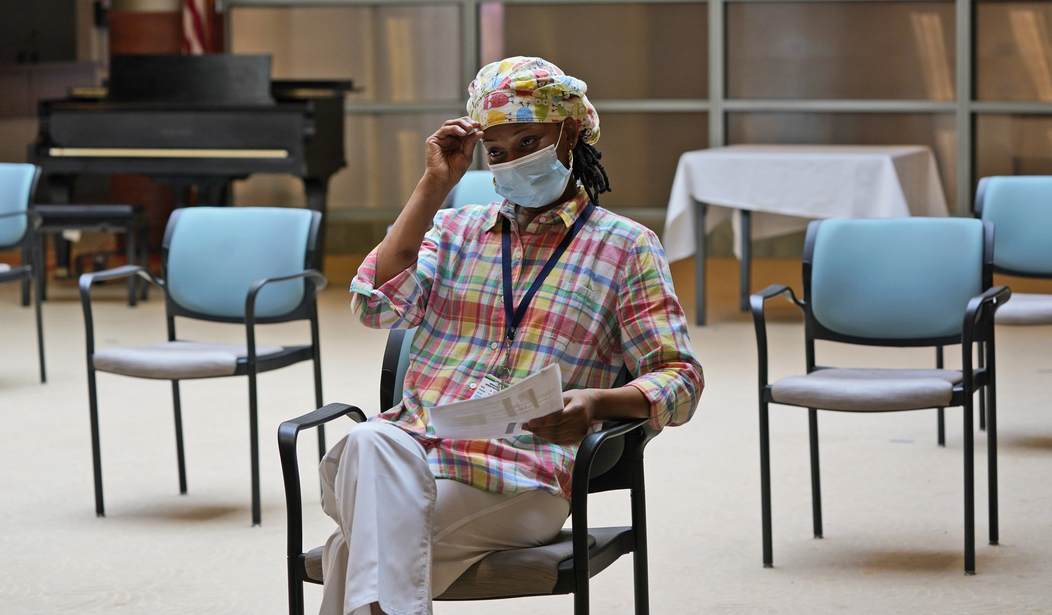Cases have been reported by 21 countries in the EU/EEA: Austria (15), Belgium (14), Croatia (3), Czechia (2), Denmark (83), Estonia (6), Finland (9), France (32), Germany (15), Greece (3), Iceland (12), Ireland (1), Italy (11), Latvia (2), Liechtenstein (1), the Netherlands (36), Norway (29), Portugal (34), Romania (2), Spain (11), and Sweden (13) according to information from public sources. Two new EU/EEA countries (Estonia and Liechtenstein) has reported the Omicron variant and a number of probable cases are currently under investigation in several countries…
All cases for which there is available information on severity were either asymptomatic or mild. No deaths have been reported among these cases so far. These figures should be assessed with caution as the number of confirmed cases is too low to understand if the disease clinical spectrum of Omicron differs from that of previously detected variants.
Rochelle Walensky told the AP that out of the 43 known U.S. cases of Omicron, just one has been hospitalized. Experts in statistics are intrigued:
Question for the epis: At what point does this start to become meaningful? If all Omicron cases are mild/asymptomatic out of 337 detected in the EU so far, that's rather unlikely to occur by chance alone, no? What % of Delta cases are mild/asymptomatic?https://t.co/f9A4cxhlSF pic.twitter.com/mP8CS3vak7
— Nate Silver (@NateSilver538) December 8, 2021
I don’t recall hearing of a single death anywhere from Omicron yet. And while there are people in South Africa who’ve been hospitalized with the variant, early data from Gauteng province suggests many are landing in the ER for unrelated reasons and then testing positive for COVID during the admission process. “Out of 17 patients, four were on oxygen,” said one hospital physician in Pretoria. “That’s not in a COVID ward for me, that’s like a normal ward.”
The hospital data there is encouraging:
2 of 6:
The total number of patients in hospital is well below the Delta wave.
Since a peak in hospital numbers is expected in 12-22 days, this variable is not a concern anymore.
data source: NICDhttps://t.co/LSc0q634F8 pic.twitter.com/V1jG4E1M6I
— pieterstreicher (@pieterstreicher) December 8, 2021
According to Pfizer, even two doses of their vaccine should provide some degree of protection against severe illness from Omicron. If the new variant only rarely produces severe illness to begin with, maybe the vaccinated are safe whether or not they end up getting their booster.
One theory for why cases of Omicron seem mild so far is the possibility that the variant is spreading mostly among younger, healthier people. But the bigger the sample gets of confirmed cases without severe illness, the less likely that becomes. Another theory is that it’s still too soon to tell what the average Omicron case looks like. South African scientists went public with their findings about the variant just two weeks ago and typically it takes longer than that for someone to develop a severe enough case that they’re at risk of death. But cases from mid-November have also been identified in retrospect — and still, no deaths yet.
The third theory is that Omicron cases seem mild so far because the variant is circulating in populations where most people have some degree of immunity, whether through vaccination or recovery from infection. Maybe Omicron symptoms will be nastier in those who have neither. But if that’s true, it’s great news on balance since most countries likely have a high degree of population immunity at this stage of the pandemic. If the only people who are susceptible to a bad bout of Omicron are the non-immune — who can gain immunity with a free shot at any time, at least in the U.S. — that’s a relatively small at-risk group.
Emphasis on “relatively.” Experts are looking at the CDC’s numbers on the share of Americans who’ve been vaccinated and realizing that they don’t add up, which means more of us are vulnerable than the data suggests.
[T]he CDC as of Sunday had recorded more seniors as having been at least partly vaccinated — 55.4 million — than there are people in the age group — 54.1 million — according to the latest census data from 2019. The CDC’s vaccination rate for residents 65 and older is also significantly higher than the 89 percent vaccination rate found in a poll conducted in November by KFF. Similarly, a YouGov poll conducted last month for The Economist found that 83 percent of people 65 and up said they had received at least an initial dose of a vaccine.
And the CDC counts 21 states as having almost all their senior residents at least partly vaccinated (99.9 percent). But several of those states show much lower figures in their vaccination databases, including California, at 86 percent, and West Virginia, at nearly 90 percent as of Monday.
It’s not clear why the CDC numbers are off. There might be a problem in data reporting or they might be double-counting seniors who live in multiple counties part-time. Either way, it’s likely that there are many more unvaccinated retirees out there than we think. Maybe Omicron will be mild for them too. Maybe it won’t.
Given the speed with which the variant apparently spreads, though, it’s a cinch that they’re going to find out what the symptoms are like eventually. All of us will
In South Africa, and expected in many countries in the world, Omicron has grown very fast in prevalence. In pic.twitter.com/puNoVE72Om
— Tulio de Oliveira (@Tuliodna) December 8, 2021
If Omicron really is hyper-transmissible but mild in its symptoms, the world may benefit from having it outcompete Delta. On the other hand, the more transmissible it is, the more people it’ll reach, the more chances that it’ll mutate into something more dangerous. The UK, at least, is taking no chances with it by returning to “Plan B” COVID mitigation today, asking people to work from home when possible and to mask up in indoor spaces.
Here’s Fauci, who’s confident that Omicron is no more severe than Delta and might be less severe, acknowledging that it’s a matter of “when, not if” the definition of “fully vaccinated” changes to mean three doses. He’s been hinting at that for awhile, speculating that two doses given three weeks apart might not produce the sort of robust immune response that a third dose given much later on would generate.
CNN's Kate Bouldon talks Fauci into agreeing the definition of being "fully vaccinated" should be updated to mean having had a booster: “My own personal opinion, Kate, is what you said is correct. It’s going to be a matter of when, not if.” pic.twitter.com/pebLUDdEfT
— Tom Elliott (@tomselliott) December 8, 2021








Join the conversation as a VIP Member